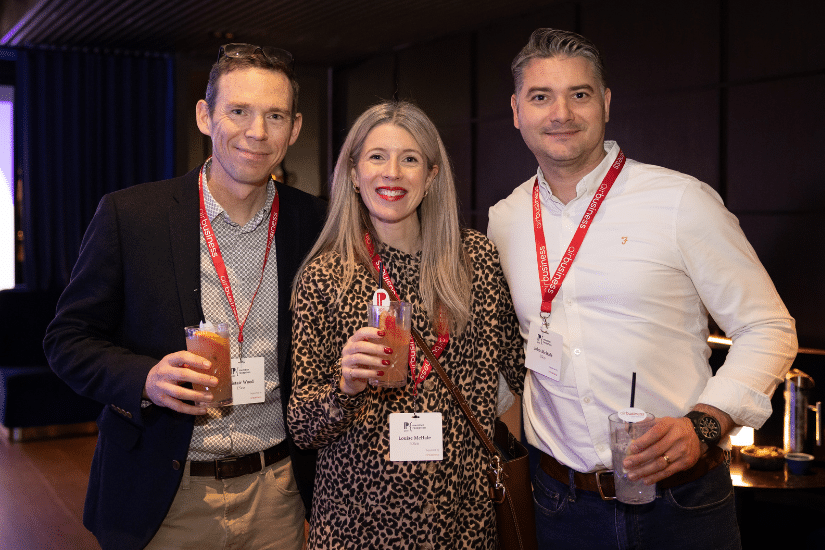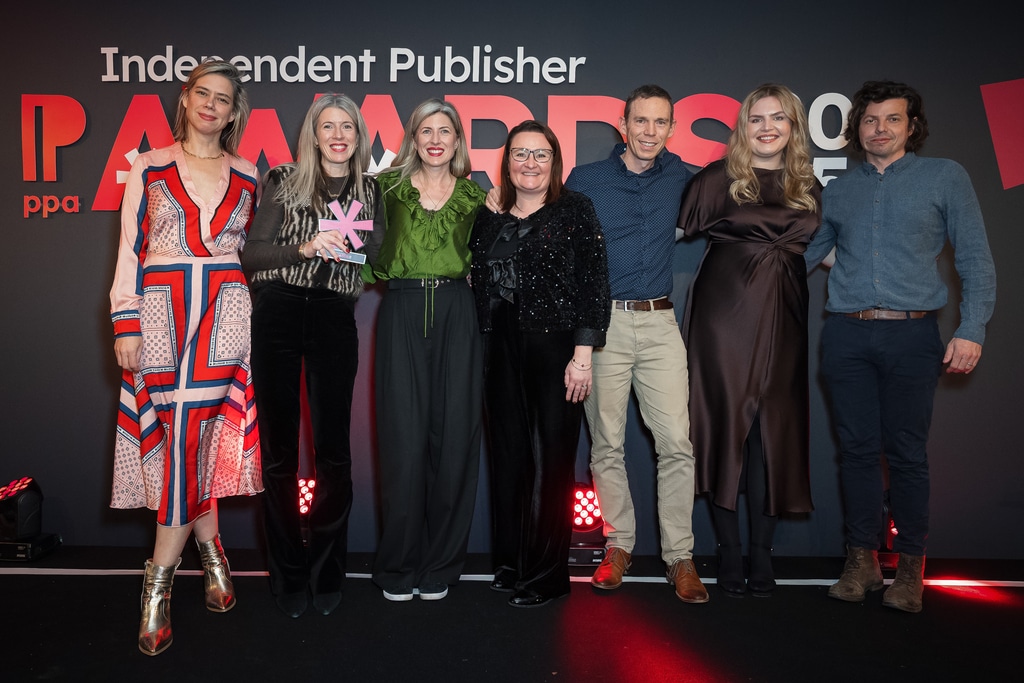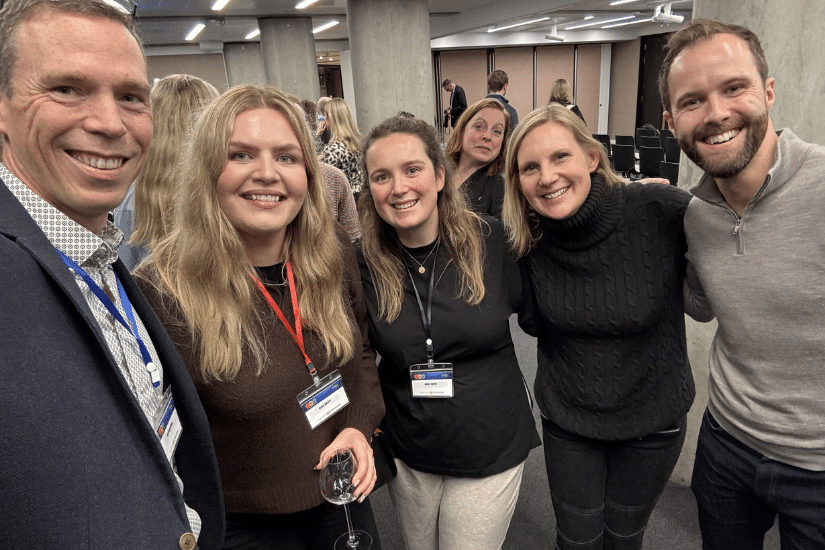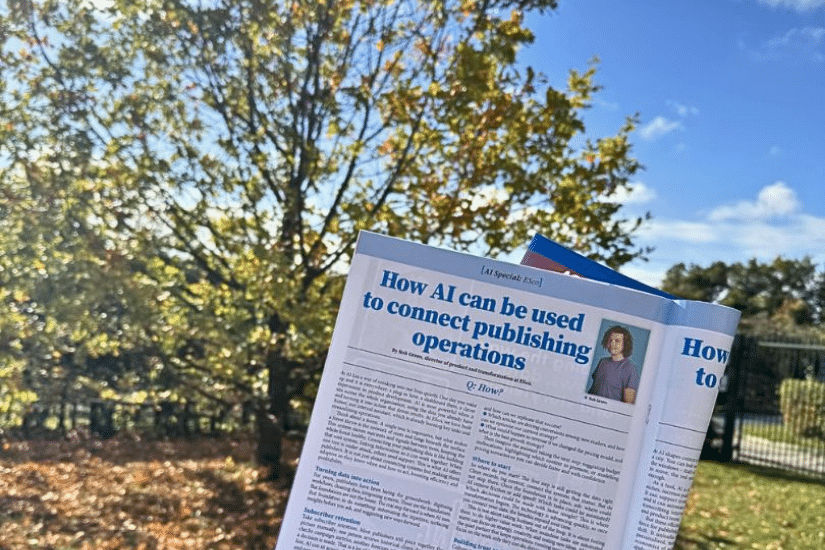Home / News & Views / Subscriptions /
Publishing and C19 – it’s far from all doom and gloom!

Well, it looks like we're in for the long haul, doesn't it? Even if the lockdown were to be lifted imminently, which we now know it won't be, it would be a slow and steady return to normal. And normal…!? What will the new normal even look like? It's going to be very different.
But that's no bad thing. We love change at ESco, and we prefer to bend with the wind than fight against it. We've been doing our research and, putting aside the awful personal impact on some, business-wise, we do have some good news for you.
Subscriptions Today
Never has it been more key to know your market. For some publishers, this lockdown has created vast opportunities.
Take a look at Dennis – See Flashes and Flames which describes how the Dennis Publishing model has eschewed reliance on advertising support or newstrade sales in favour of building a direct relationship through subscriptions to the point where one third of Dennis revenue is generated via subscriptions. Intrigued, we contacted Dennis. Whilst not commenting on the article generally, Abi Spooner – Customer Strategy Officer at Dennis, confirms the historical prioritising of subscriptions but, more importantly, the growth spurt since the middle of March when the lockdown started. This translates to the rate of new subs acquisitions more than doubling and breaking all previous years' records. Whilst there has been some reactivation by long lost past subscribers the vast majority are completely new names. And these are not heavily discounted gains, that's not the Dennis way! Significantly, Abi says "the cost of new acquisition subs is lower than usual through digital channels as demand and conversion is so much higher".
There may be a few more cancellations than usual but the number of new subs and the potential lifetime value vastly overshadows that and, if there are any holes in the bucket, the inflow far exceeds any leaks.
There is certainly an opportunity for magazines focusing on current affairs, education and health, but that's not where it stops, our very own Panini has seen great success with a flash sale across their social media – and a soar in Direct Debit subscriptions on one of their entertainment titles.
This is not unusual. Indeed, at the moment it's the norm. A number of publishers are saying that new subs are way up, with one stating that whilst there is an element of conscience over the circumstances "it is the subs marketing opportunity of a lifetime".
Now is a time where people are not only looking to stay "in the know" with current affairs and industry news (construction, nursing, publishing, education and beyond), they are turning to their hobbies to fill their time and reduce anxiety, and to entertainment brands for a hearty distraction.
We've seen an increase in digital events, a drive in customer engagement, and talk of isolation packages.
Speaking of customer engagement, you might be aware that according to Whistl, postal volumes have dropped to 60% of their normal volumes and direct mail has dropped to 30% of normal volumes. Sounds bad doesn't it? We personally have noticed an enormous drop in mail received. It looks like it could be a great time to talk to your customers by direct mail – with a much more captive audience at home AND a lot less mail floating around to compete with your message.
Whoever your readers are, publishers are, and should be, more focused on delivering what is required by their target audience at this time, be it:
- the impact of lockdown on their industry and what can be done during this time to build a better future
- a support for home education with fun learning resources
- or simply some good old fashioned positivity!
Looking at one of the negative effects of this lockdown, we know there has been a reduction in ad revenue and this is something which has certainly impacted some of our publishers. But again, looking to the Wessenden Briefing*, these figures were already beginning to drop, so it is worth noting that the shift had started pre-pandemic. So we have to react to this a bit quicker than expected…
Looking to the future
The recent Wessenden Briefing* talks about the Spring on the other side of the Winter that we are in now. When will it come, how will it come and what will it look like?
We can't do much about the first two, but we can prepare for the third… "what will it look like?"
The prediction from Wessenden Briefing* is "a mix of contained activities snapping back once we can do them again (e.g. foreign travel, physical leisure shopping, outdoor activities) and those which have become more baked-in and permanent (e.g. working from home, online shopping, levels of social media and TV-streaming usage, consumption of News and Magazine brands)".
P22 of the Wessenden Briefing* looks at those who are working from home, the locked down worker. On Friday 27th March, the UK had reached a total of 38% working from home. 38% of the UK workforce isn't a small number, it's 12.5 million actually. It's estimated that a further nine million people are furloughed on 80% of salary (with some employers topping up to the full standard salary).
So out of a working population of 32.9 million, there are 21.5 million (WFH and furloughed combined) who still have at least 80% of their salaries and are likely to be saving much more than the 20% downfall the furloughed workers lose. And then there are key workers and many others still working at their normal place of work.
With the situation as it is currently, people can't spend their money on the things they usually do – such as eating out, drinking in the local pub, socialising, entertainment, sports, gym memberships, holidays and especially travel to work. Tally that all up and people should be saving a lot of money.
Entertainment within the home is suddenly something people are much more willing to spend their money on.
Just look at Disney+ – it almost doubled its global subscriber numbers to 50 million since the coronavirus outbreak in February. Rival Netflix took almost seven years to reach the same 50 million milestone**.
According to the Wessenden Briefing*, between 30-40% of those WFH are positively enjoying the experience. These figures ring true to us – the feedback from our team has been incredibly positive and communication is just as good as when we're in the office, if not better (thank you Zoom & Microsoft Teams!)
Now take all of those above facts and ask yourself that question again. What will the Spring look like after this Winter? A very sunny market for subscriptions from where we're standing.
* to find out about Wessenden Briefing, please contact Jim Bilton on 01483 421690 or via [email protected]
**figures from Guardian article dated 20th April www.theguardian.com/media/2020/apr/09/disney-netflix-rival-doubles-subscriptions-in-virus-lockdown








